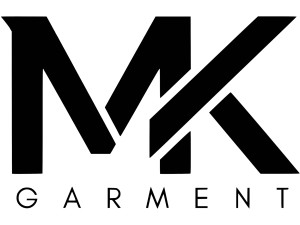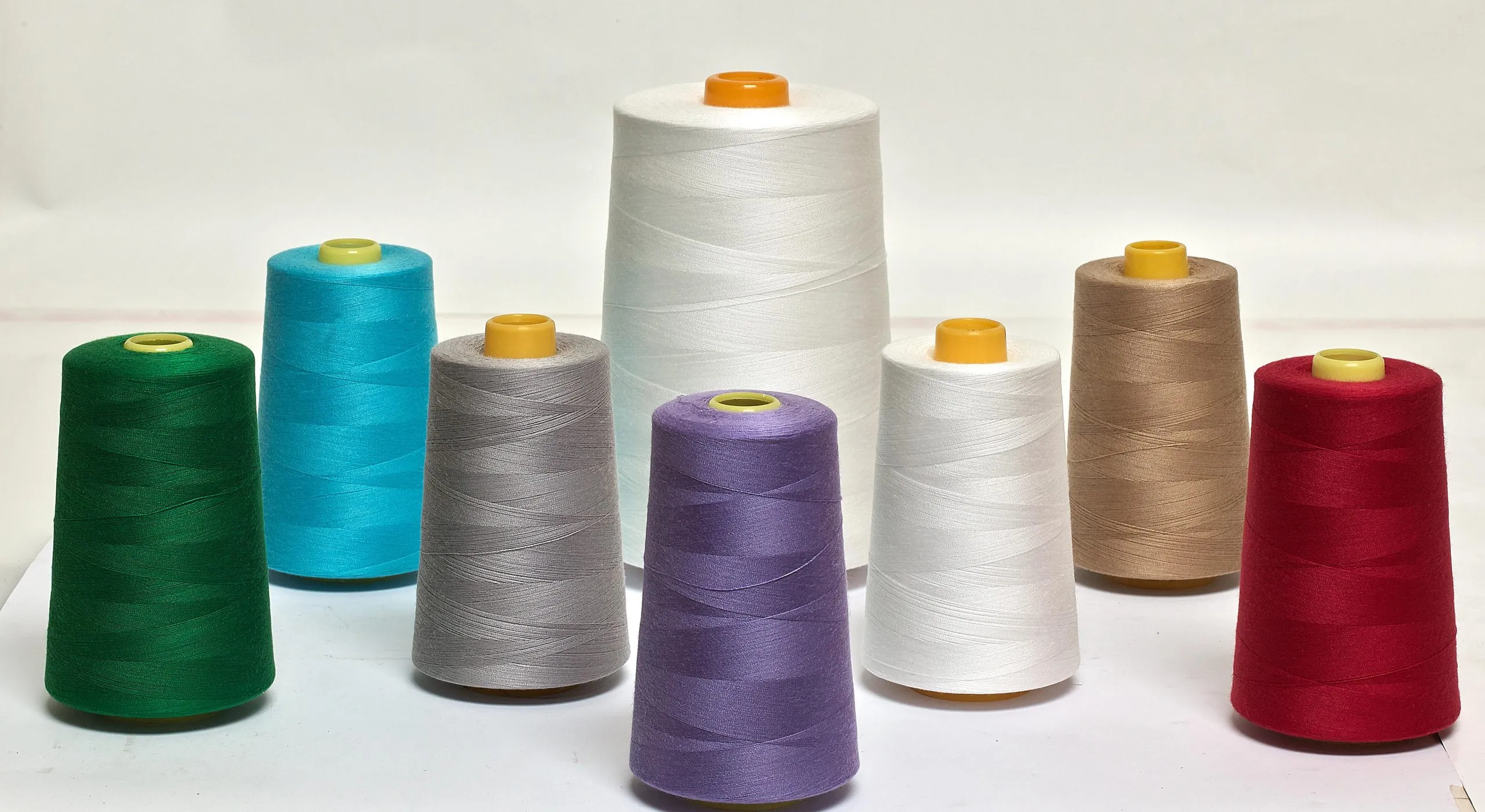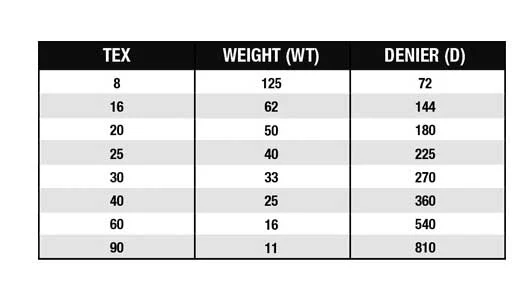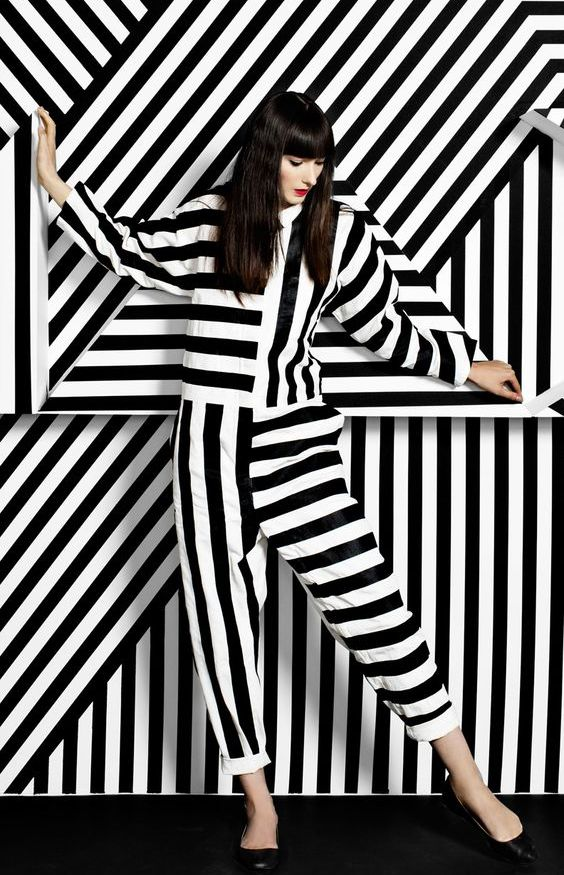
Lines act like arrows for the eyes. With simple choices—where a seam runs, how a stripe leans, or where a hem lands—you can change how a body looks in motion and in photos. This guide explains the “why” behind those choices in plain English. Each section starts with a quick intro so your team and customers can follow along easily. Use it as a training piece for design, merchandising, and retail staff.

What Is a Line in Fashion Design?
A “line” in fashion is not just a printed stripe. It is any visual path the eye follows on clothing: the silhouette of a dress, a seam running down the front, the curve of a neckline, or the edge of a panel. Designers often use three categories:
- Structural lines – the overall cut or silhouette (A-line, sheath, empire).
- Style lines – design details such as pleats, princess seams, panels, or hemlines.
- Printed lines – stripes or patterns running vertically, horizontally, or diagonally.
By choosing and placing lines with intention, a designer highlights certain areas and softens others.
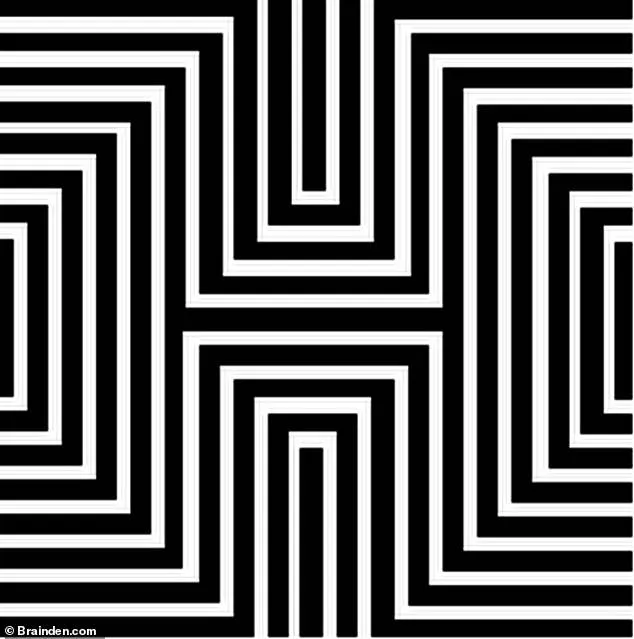
How Lines Influence the Eye
The eye naturally follows lines. When lines converge, the meeting point becomes a focal point and looks smaller. When they diverge, the space appears wider. Thicker lines feel bold and strong, while thinner lines feel calm and steady. This simple principle means that where you place a line, you direct attention.
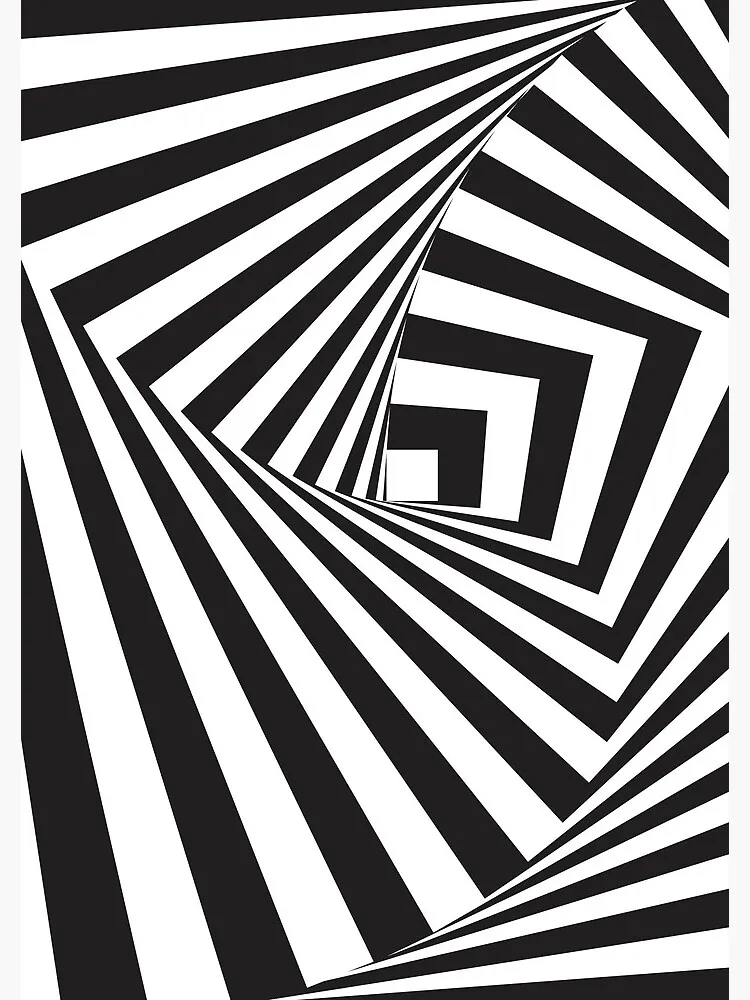
Different Line Directions and Their Effects
Lines are not just decoration—they are design tools that change how clothing looks on the body. Each direction carries its own visual message. Let’s explore how vertical, horizontal, diagonal, curved, and zigzag lines work in practice.
Vertical Lines
Vertical lines are often called “slimming lines” because they guide the eye up and down, creating the impression of length and height. They can be built into garments through pinstripes, vertical seams, pleats, button plackets, or long open jackets. For someone who wants to appear taller or leaner, verticals are a natural choice.
However, the effect depends on proportion. Very wide vertical stripes can dominate and feel heavy, especially on petite bodies. In contrast, narrow pinstripes or subtle seam lines create a refined, elongating look that works across many sizes. Designers often use princess seams or long darts to add vertical length without relying on prints. Example: A sheath dress with long princess seams looks sleeker because the seams pull the eye upward. A pinstripe suit does the same for formalwear.
Horizontal Lines
Horizontal lines create width and add visual stability. They draw the eye across the body, making the area appear broader. This can be useful to balance proportions—for example, to make narrow shoulders look stronger with a bateau neckline or yoke.
But strong horizontals placed on the widest part of the body—such as the hips, tummy, or bust—may emphasize that area even more. To soften the effect, designers often break the line into smaller segments, frame it with verticals, or keep it narrow. Example: A cropped jacket hem creates a strong horizontal that can shorten the torso but highlight the waist. A wide belt does the same, while a thin waistband looks softer.
Diagonal Lines
Diagonals are dynamic—they add movement, direction, and flow. They can slim, widen, or reshape depending on the angle. A steep diagonal (close to vertical) lengthens the body and can slim the waist or torso. A shallow diagonal (closer to horizontal) tends to widen, adding breadth or balance.
This is why wrap dresses, chevron prints, and slanted seams are so popular: they reshape without tight fits. They visually “guide” the body into a more fluid silhouette. Example: A wrap dress with a diagonal overlap slims the waist and elongates the torso, while a chevron stripe pointing upward can draw attention away from the hips.
Curved Lines
Curves add softness and echo the body’s natural form. They can make a straight or boxy silhouette appear more graceful, flowing, and approachable. Rounded collars, scalloped hems, flounces, or curved princess seams all create a gentle, feminine effect.
Curves are especially useful for designs that risk looking too angular or stiff. They soften sharp edges and bring a sense of movement. At the same time, curves can highlight natural body curves—such as the waist or bust—without clinging tightly. Example: A flared skirt with a curved hemline creates a flowing, romantic shape, while a rounded neckline feels softer than a sharp square cut.
Zigzag Lines
Zigzags are bold, striking, and high-energy. They combine diagonals in alternating directions, which grabs attention and creates a playful, dynamic look. Zigzags can also “sculpt” the body. When the pattern narrows at the waist and opens at the shoulders or hips, it creates the impression of an hourglass shape.
Because they are busy and visually strong, zigzags are best for statement pieces rather than everyday basics. Used sparingly, they add drama and personality to a collection. Example: A maxi dress with bold zigzag stripes becomes a showstopper, while a zigzag trim or panel can add just enough energy to an otherwise simple outfit.
A Quick Guide to Using Lines
- To create height and slimness: use vertical seams, pleats, or V-necks.
- To add width or balance narrow areas: try horizontal yokes, wide waistbands, or bateau necklines.
- To define the waist: place converging style lines or inward-pointing chevrons.
- To soften straight silhouettes: choose curved seams or gentle flounces.
- To add drama: use diagonals or zigzag patterns with strong contrast.
Fit and Proportion Considerations
The same line can look very different depending on body type. A hemline at the thickest part of the leg will make it appear wider. On petite frames, too many bold stripes can overwhelm the body. For pear-shaped figures, avoid strong horizontals or verticals across the widest hip point—move focal lines higher to the waist or lower past the thighs.
Production Insights for Brands
At Mekong Garment, we translate design theory into production reality. Lines don’t have to rely on prints; they can be built into the pattern itself: princess seams, side panels, and center seams all create visual direction. Trims such as piping or topstitching can amplify these effects at low cost. Print placement also matters—grading artwork ensures stripes or chevrons fall in the right place on every size. Finally, we always test on real bodies, not just mannequins, to confirm that illusions work across different heights and proportions.
Final Word / Conclusion
Lines are simple but powerful tools. They shape perception, direct the gaze, and help garments flatter the wearer without extra effort. By using verticals, horizontals, diagonals, curves, or zigzags with care, designers can create clothes that feel balanced, confident, and timeless. At Mekong Garment, we bring these design principles into every collection, turning small details into big results—on the rack, in the showroom, and on the body.
